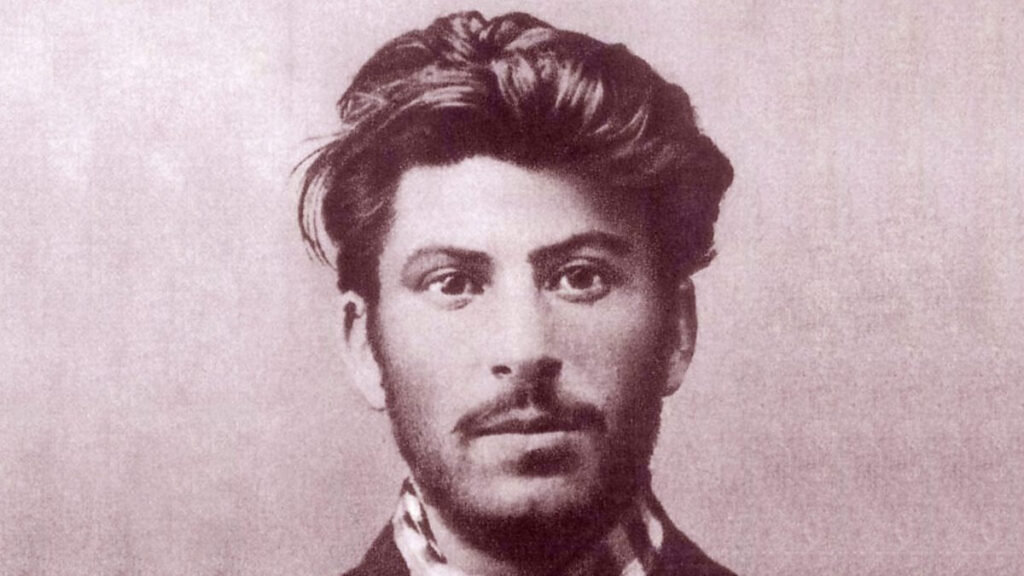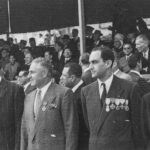What were the reasons why Russians continued to praise Stalin even after he was no longer in power?
What were the reasons why Russians continued to praise Stalin even after he was no longer in power? Several reasons contributed to the continued admiration of Stalin in Russia, even after his death and the gradual exposure of his repressive policies. Here are a few key factors:
Victory in World War II:
Stalin was seen as the leader who guided the Soviet Union to victory over Nazi Germany, a monumental achievement that saved the country and solidified it as a superpower. The triumph, known as the Great Patriotic War in Russia, remains a deeply emotional and patriotic point of pride, and Stalin’s leadership during that period is often credited with achieving that victory.
Rapid Industrialization:
Many Russians credit Stalin with transforming the Soviet Union from a largely agrarian society into a powerful industrialized nation. His Five-Year Plans and focus on heavy industry led to significant economic development, which, although achieved through harsh measures, is still seen by some as a necessary foundation for the USSR’s later achievements.
Propaganda and Mythology:
Soviet propaganda played a huge role in shaping Stalin’s image as a heroic and almost infallible leader. Despite his brutal tactics, he was portrayed as a champion of the working class and the architect of socialism. Even after his death, these images endured, especially among people who only had access to state-controlled media.
Stability and Order:
Stalin’s period of rule, despite the terror and repression, was perceived by some as a time of relative order and unity in the face of outside threats. After his death, the USSR faced various political and economic issues, which led some to nostalgically view his era as a time of stability and national purpose.
Limited Acknowledgment of Repression:
Although Khrushchev publicly condemned Stalin’s crimes in his “Secret Speech” in 1956, full transparency about the extent of his purges and repression did not reach the public right away. Many people were shielded from knowing the full scale of Stalin’s atrocities and thus continued to view him as a protector of the Soviet Union.
Restoration of Stalin’s Image in Later Years:
Starting in the 1970s and continuing even after the fall of the Soviet Union, Stalin’s image was somewhat rehabilitated by leaders who emphasized his role as a symbol of national strength. In modern Russia, Stalin is often seen through a complex lens—while his repressions are acknowledged, his accomplishments are sometimes emphasized by those who value strong leadership.
This mix of historical achievements, persistent mythologizing, and selective memory contributed to the continued admiration of Stalin among certain segments of Russian society.


